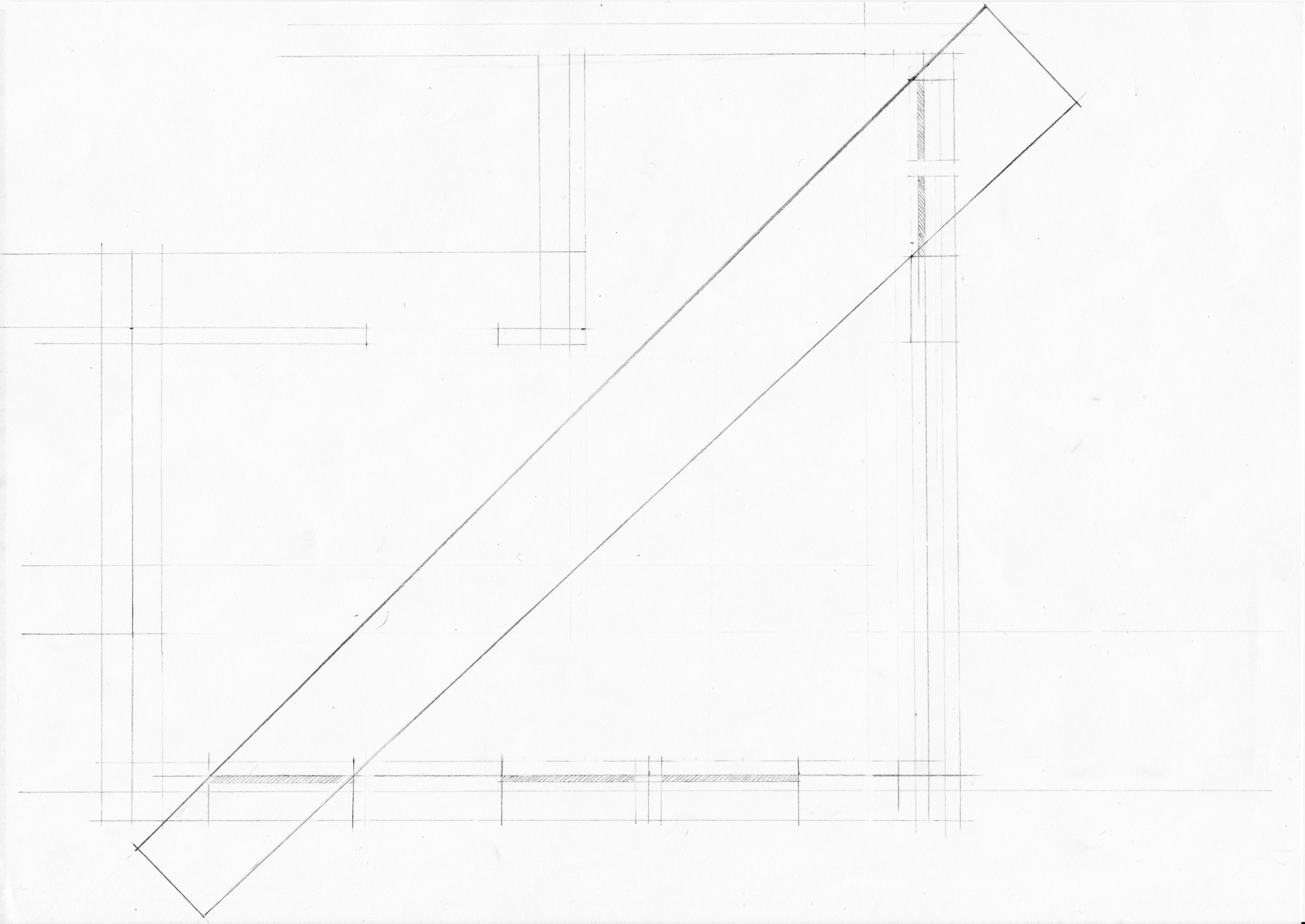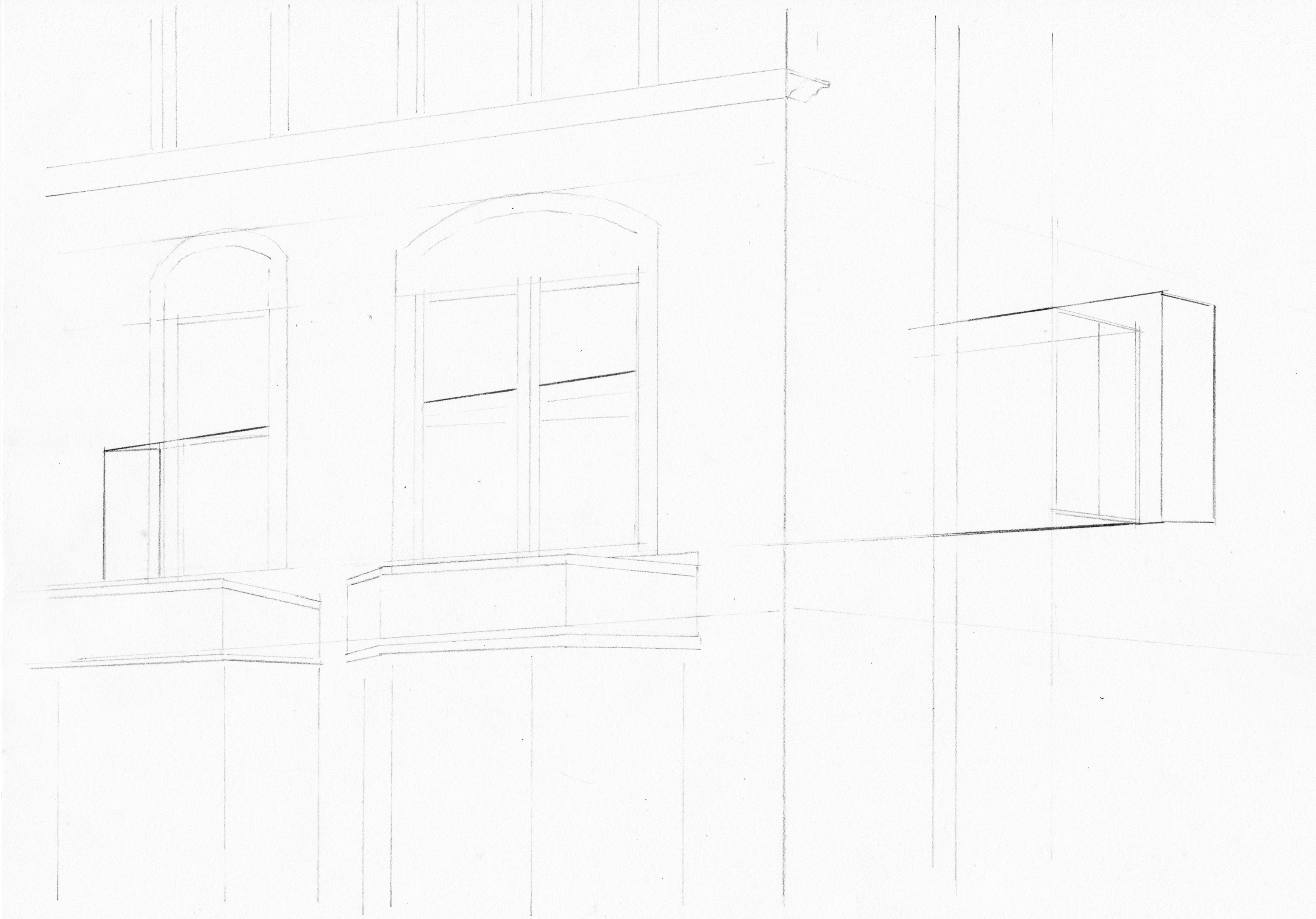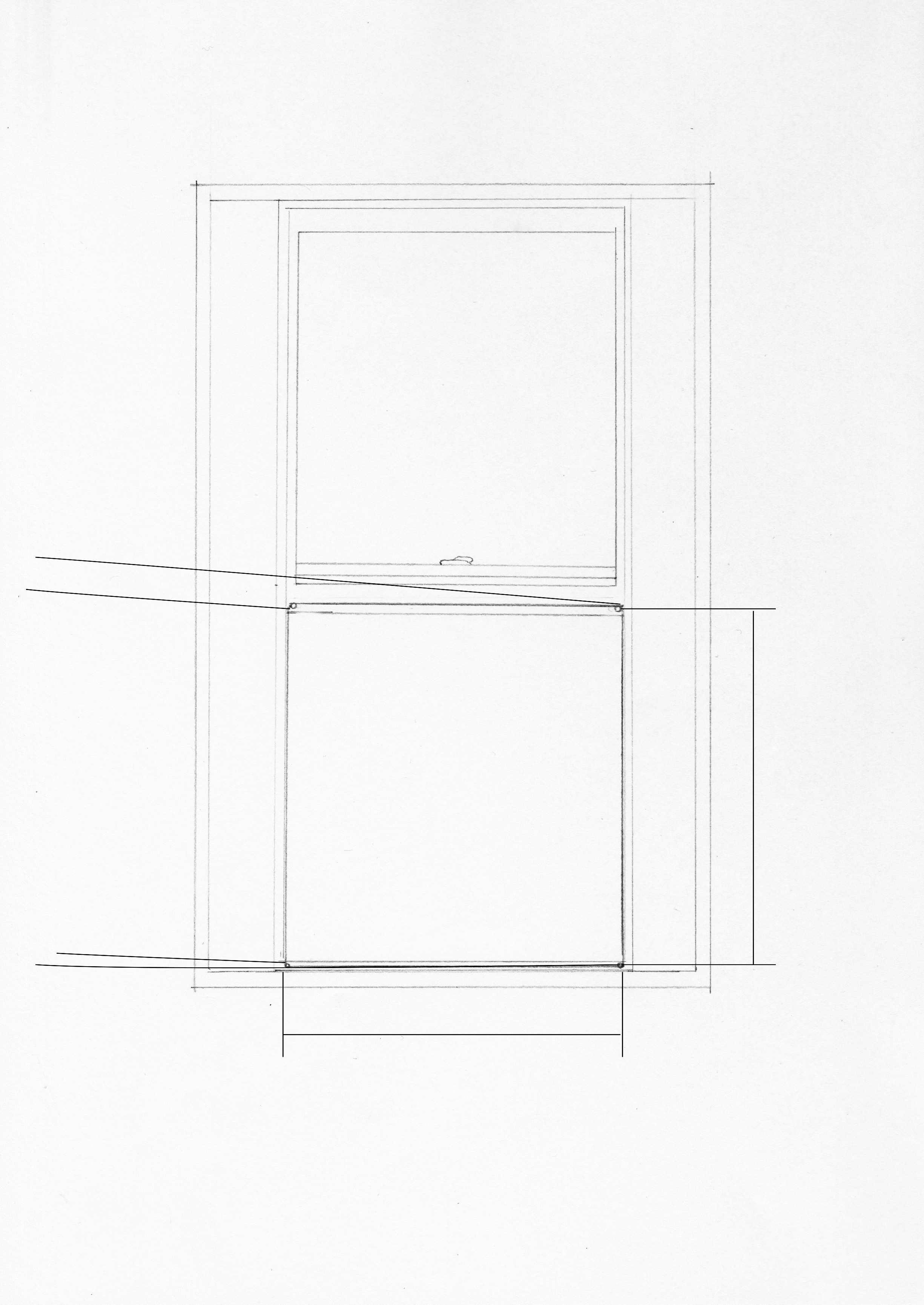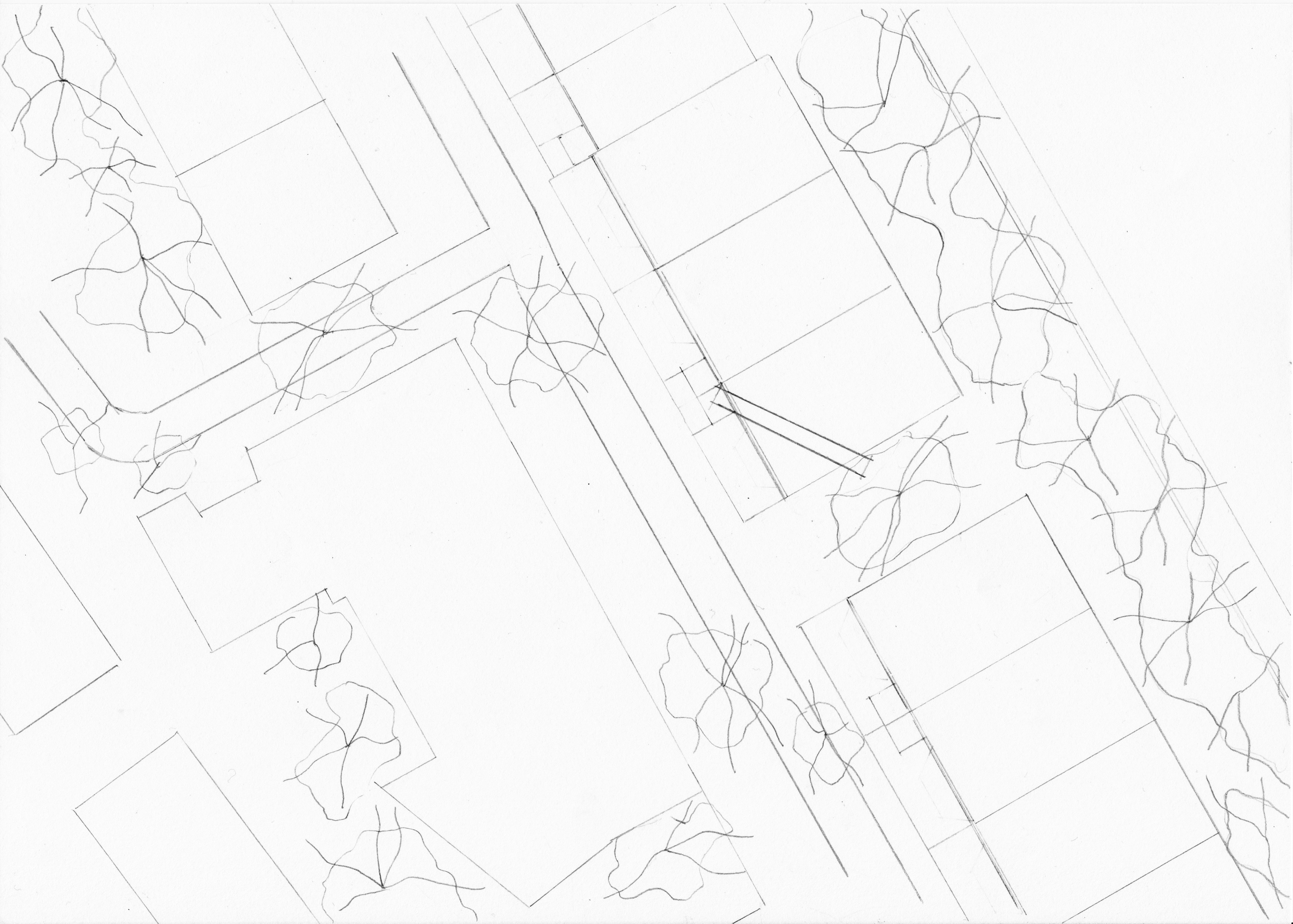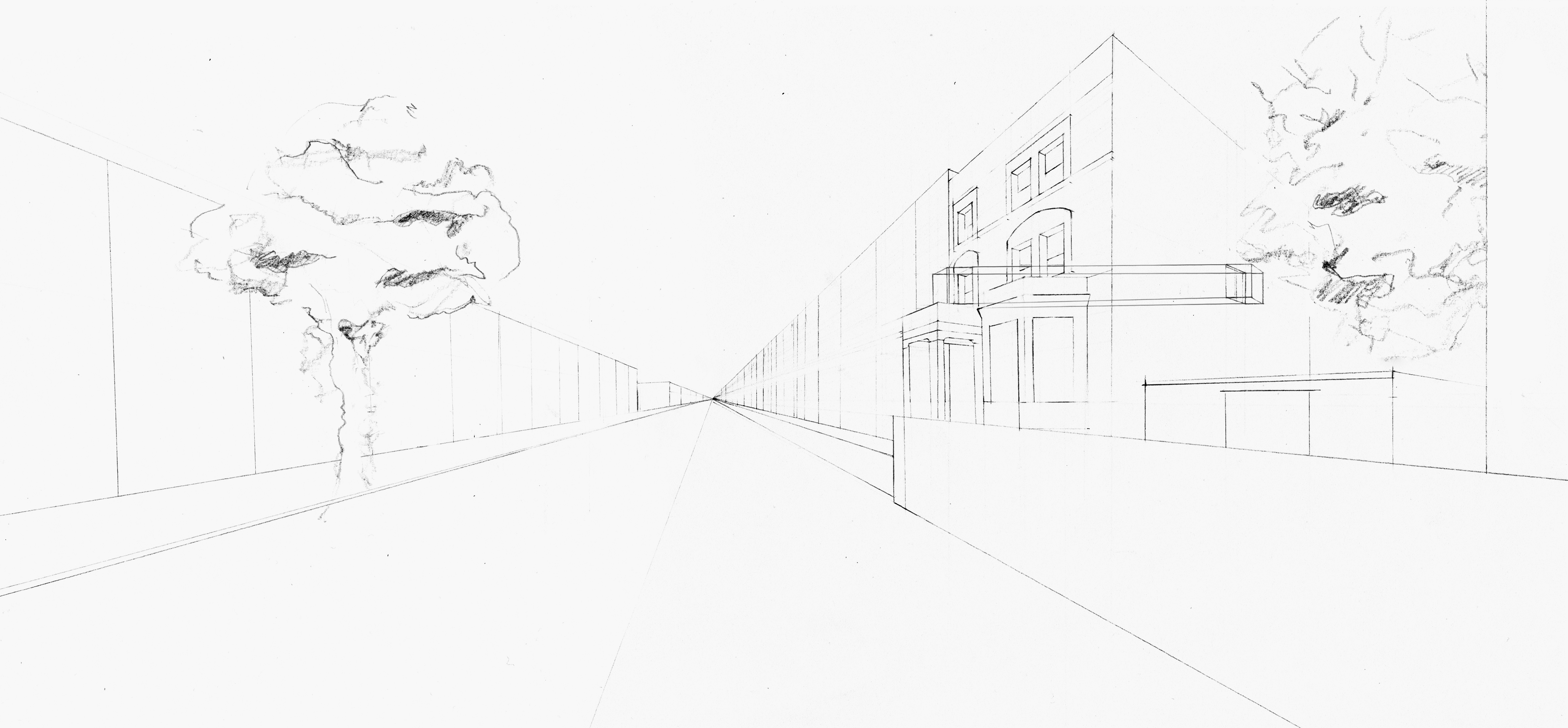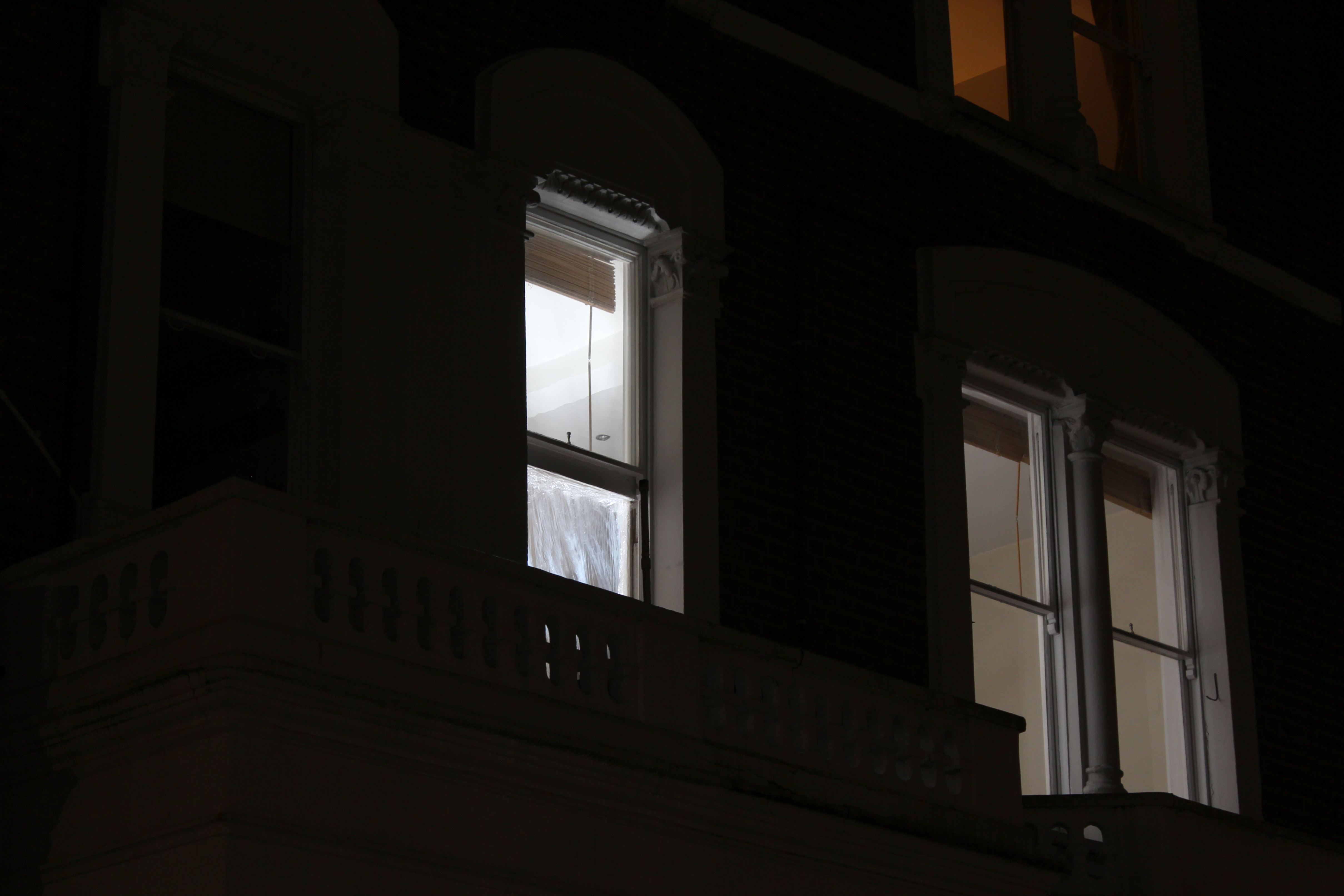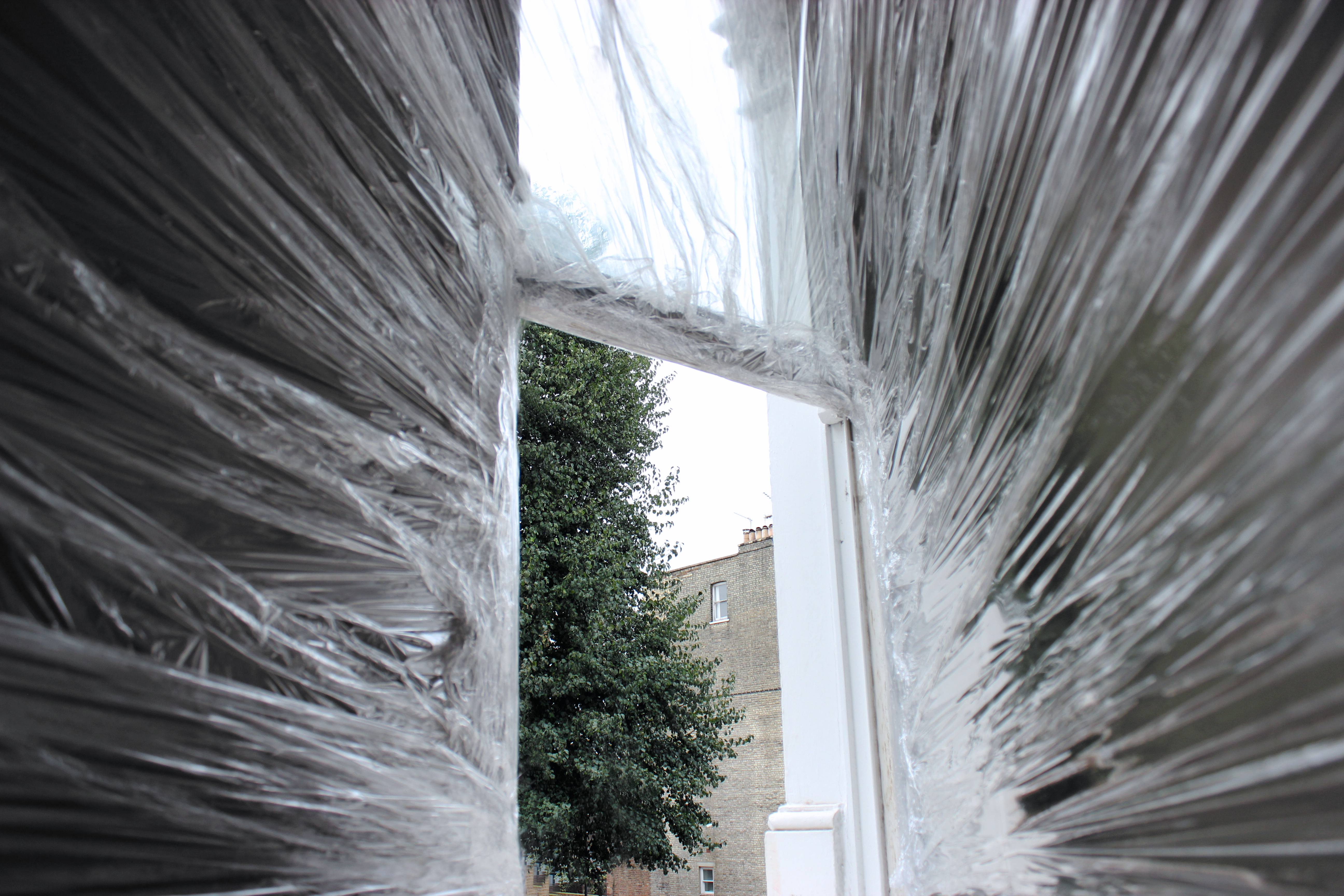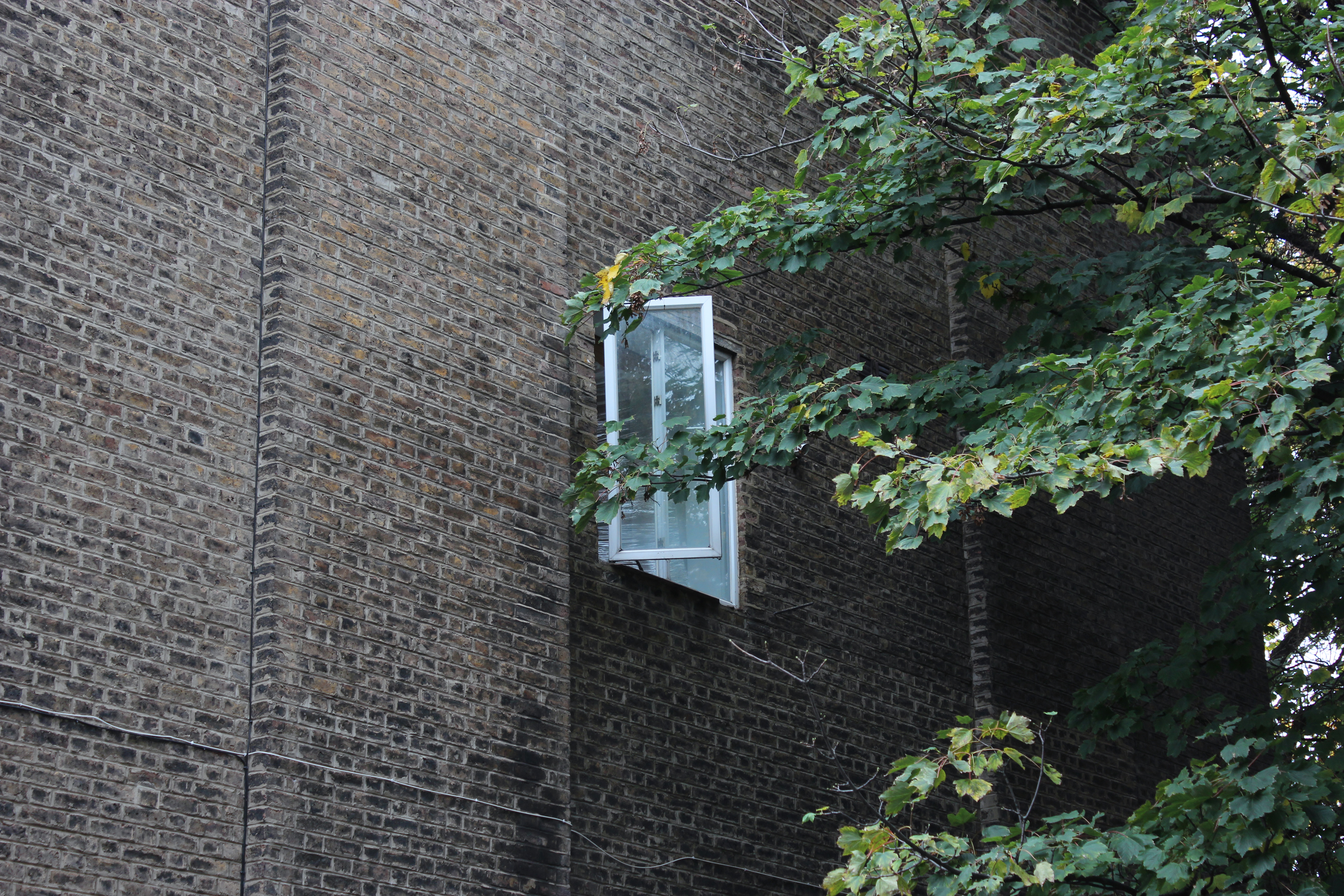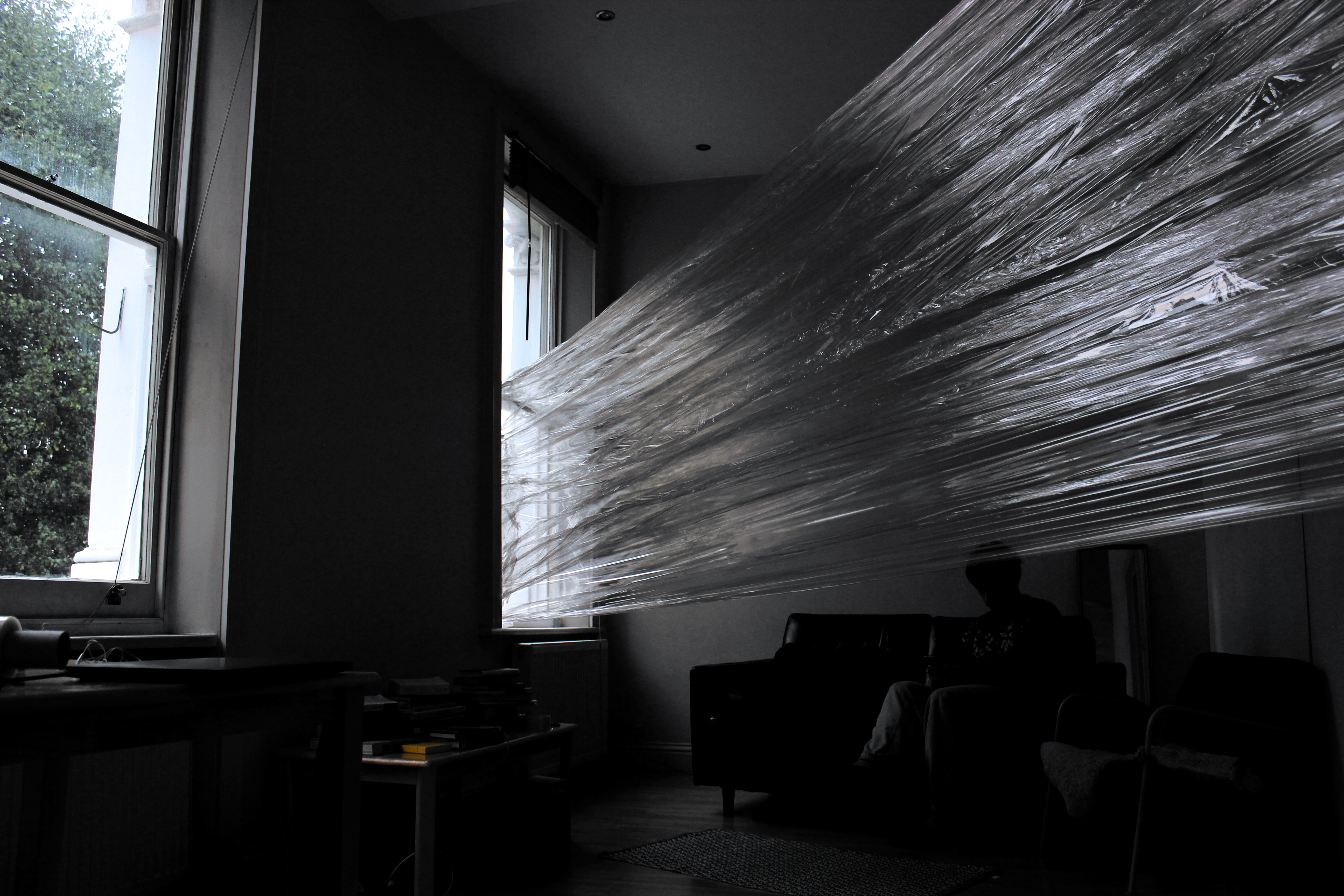Wind Bridge I - 56 Sinclair Road
Urban space Interventions | Bioplastic sheeting, wooden structure
Kensington, London, UK
Kensington, London, UK
Collaborate with Marius Pfennigdorff
2020
2020
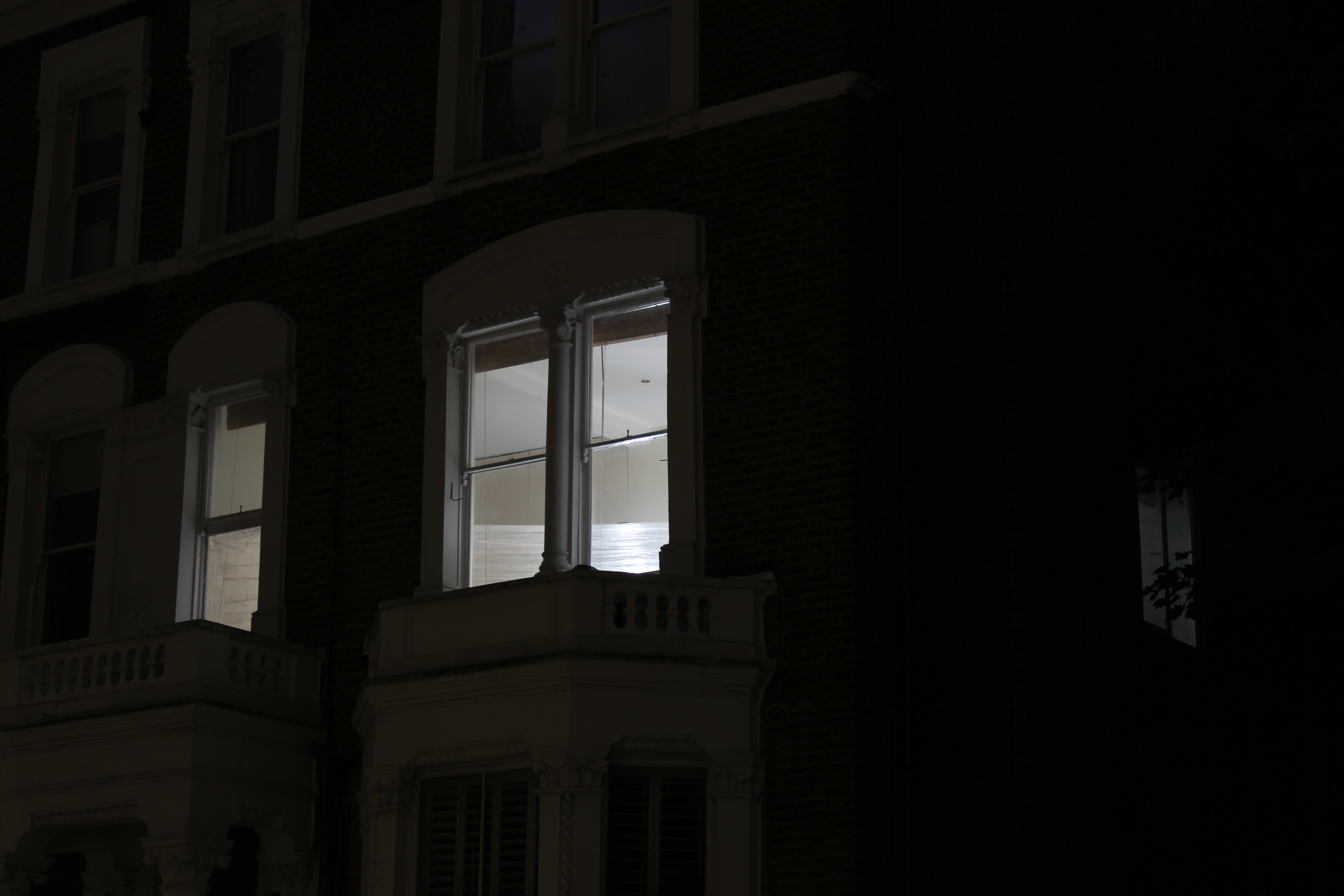
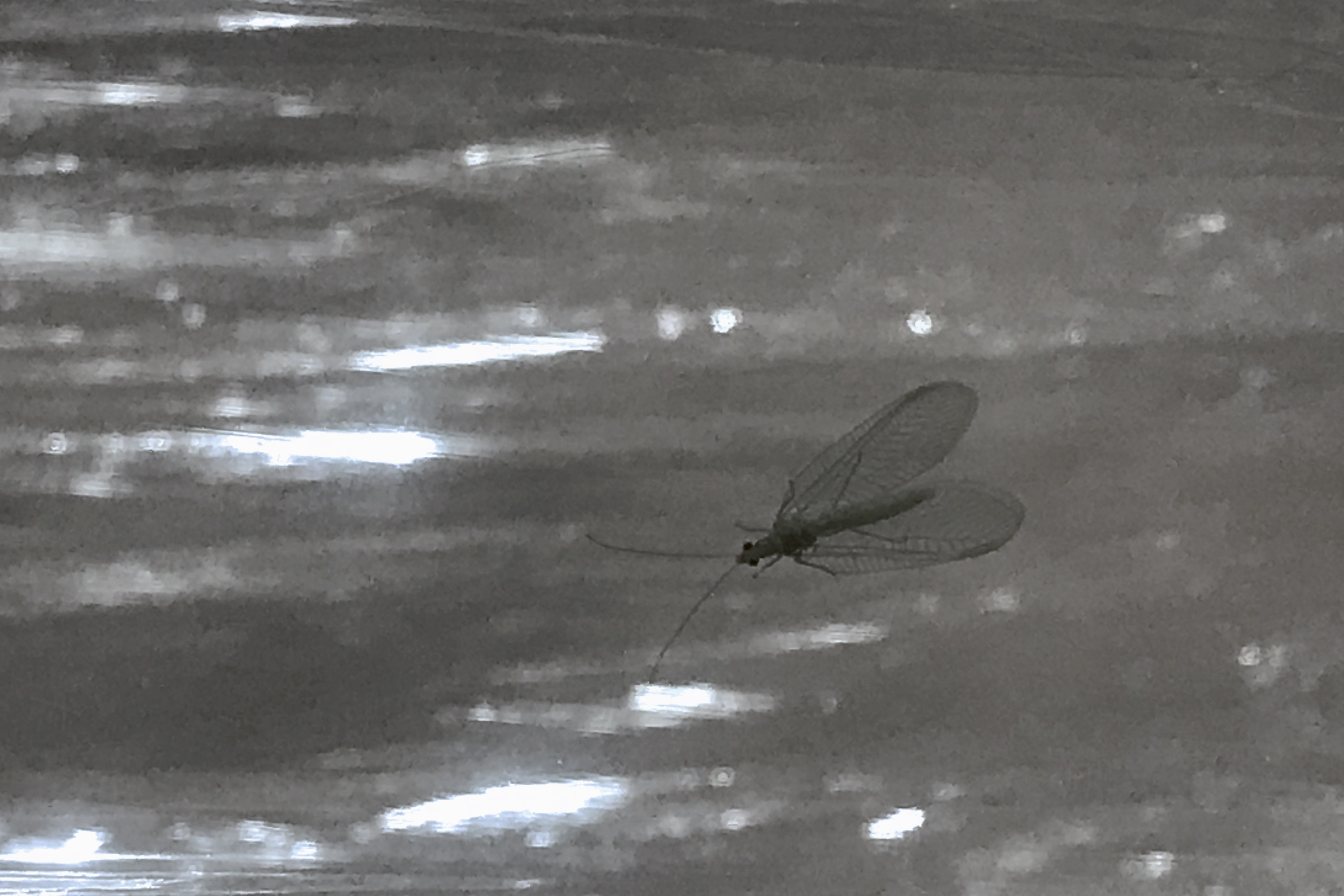
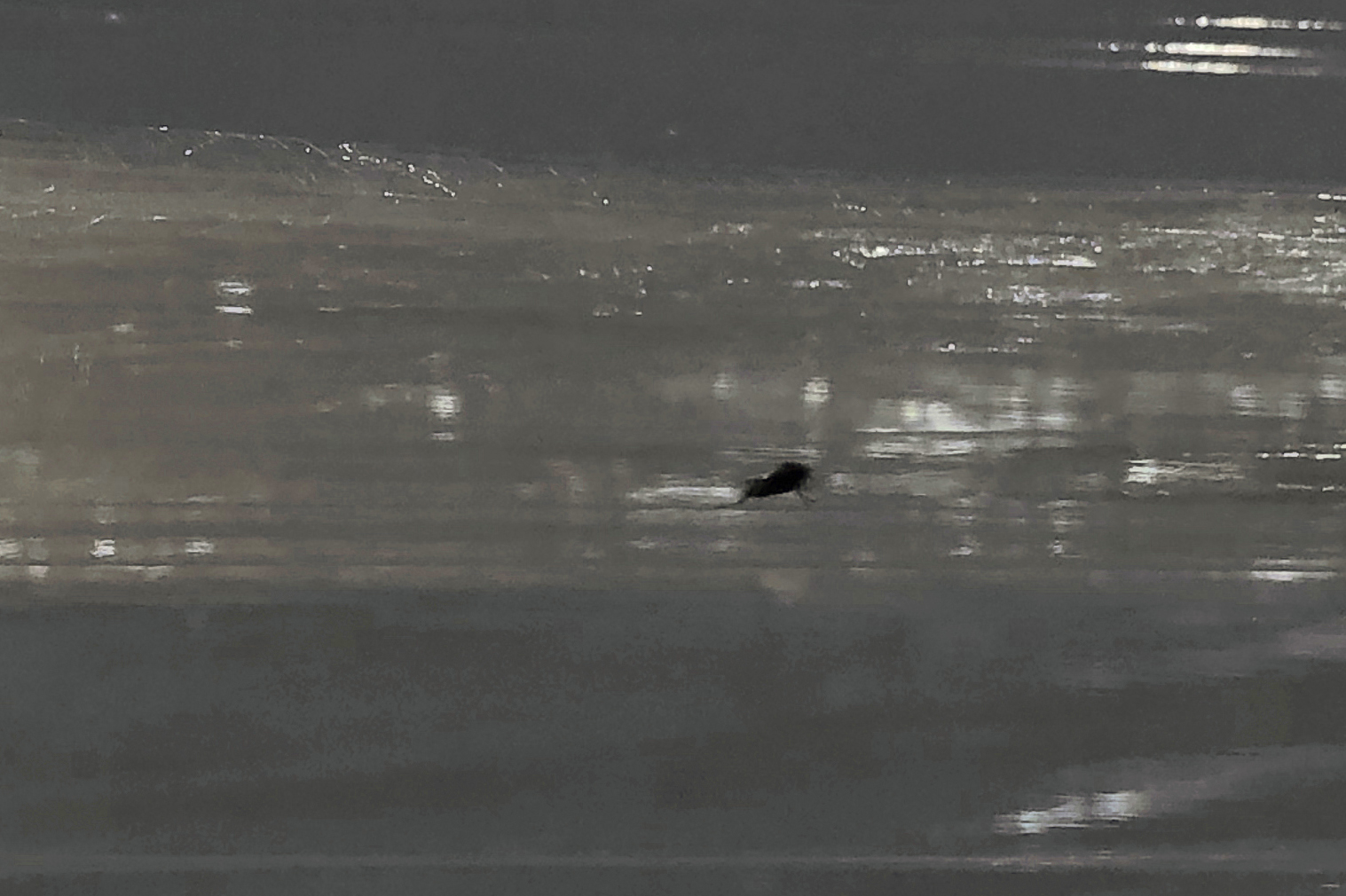
Wind Bridge is an ongoing experiment that was held at two different locations in West Kensington, London between October 2020 - June 2021.
Whilst rethinking our relationship with the rest of our environment, the concept of Equilibrium emerged, which denotes a state of an ecosystem that is decentralised in its nature by interconnecting all the different participants. The goal of this project is to present actions of individuals that stand at the crossroads between humanity and the environment. The work seeks to blur the human-made and the natural world and question their differences as a whole.
A new perspective might arise from studying biological membranes as mechanisms of exchange and transference. According to landscape architect James Corner, “rather than separating boundaries, borders are dynamic membranes through which interactions and diverse transformations occur. In ecological terms, the edge is always the most lively and rich place because it is where the occupants and forces of one system meet and interact with those from another.“ Corners method of field operations “enables alternative ideas and effects to be played out through conventional filters and provides ways in which borders may be respected and sustained, while potentially productive forces on either side may be brought together into newly created relationships. Thus, we shift from a world of stable geometric boundaries and distinctions to one of multidimensional transference and network effects.“ One aspect of architectural practice is the separation of habitable and inhabitable space, therefore it necessarily has to deal with the notion of connecting and dividing. This partition visualises our relationship with nature through our concept of property. Our home is designed as a unit that is divided from nature. It is designed to withstand natural influences and to protect us from their unpredictability. Architecture offers us a space of predictability.
This installation creates a tunnel connecting the «outsides», using built forms as a vehicle for deconstructing and reconstructing our physical and psychological perception of our habitations, beyond sovereignty and property. To rethink our built environment we propose a possibility of coexistence with the non-human by narrowing the boundaries between «inside» and «outside», blurring the barrier between «over here» and «over there».
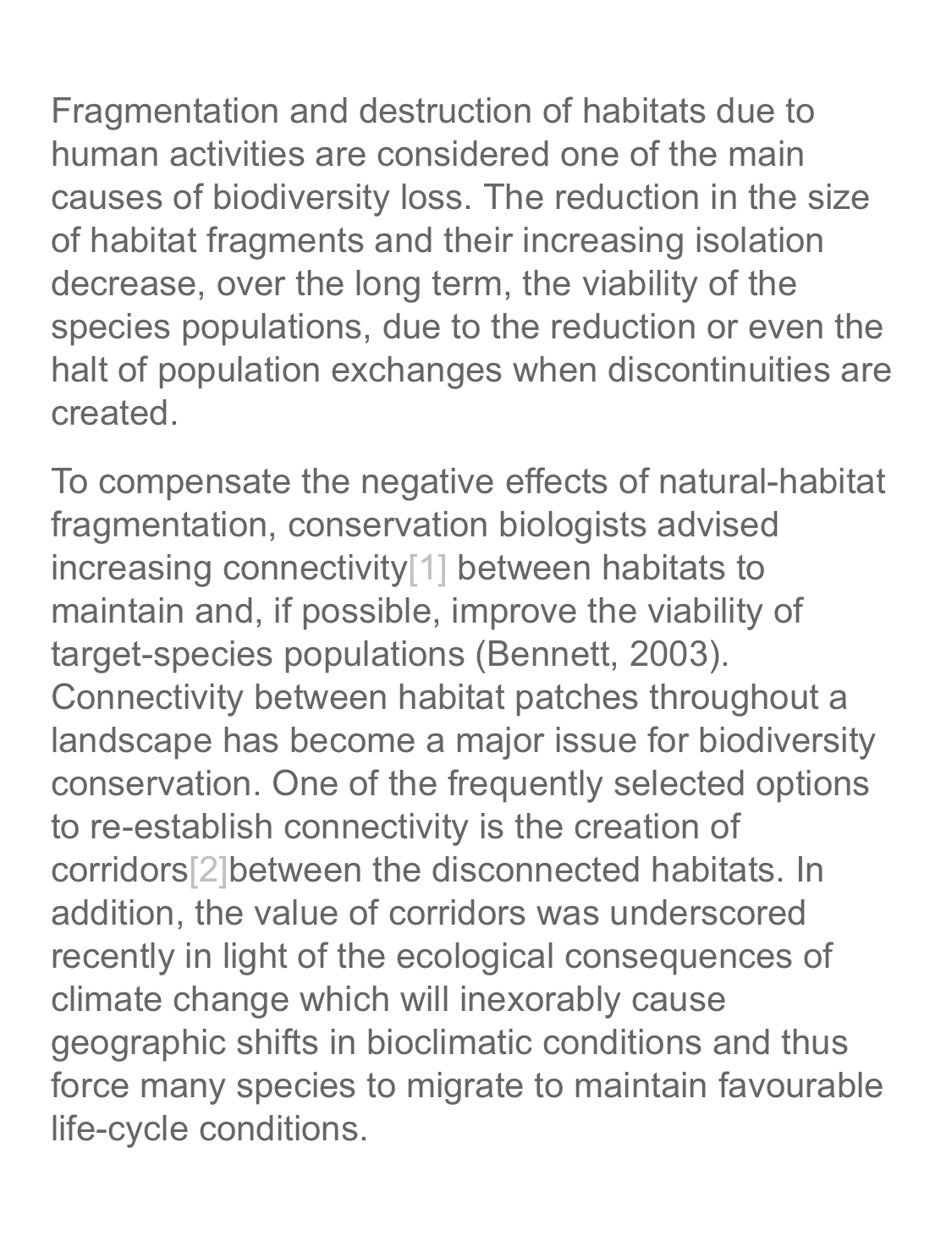
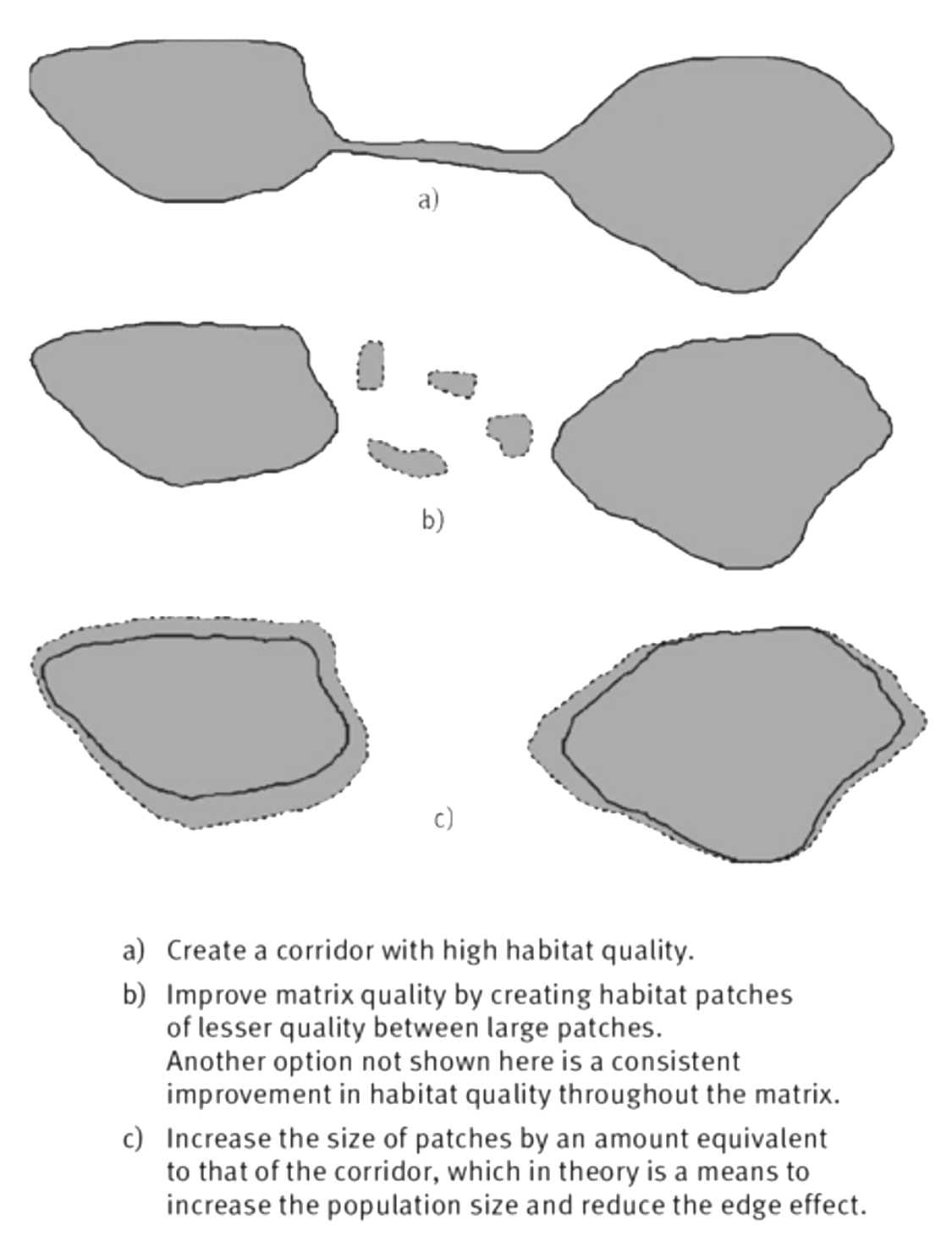
BERGÈS, Laurent ; ROCHE, Philip Roche ; AVON, Catherine ‘Establishment of a National ecological network to conserve biodiversity. Pros and cons of ecological corridors’ Revue Science Eaux & Territoires, Public policy and biodiversity, numéro 03bis, 2011, p. 34-39 (15 March 2011)
